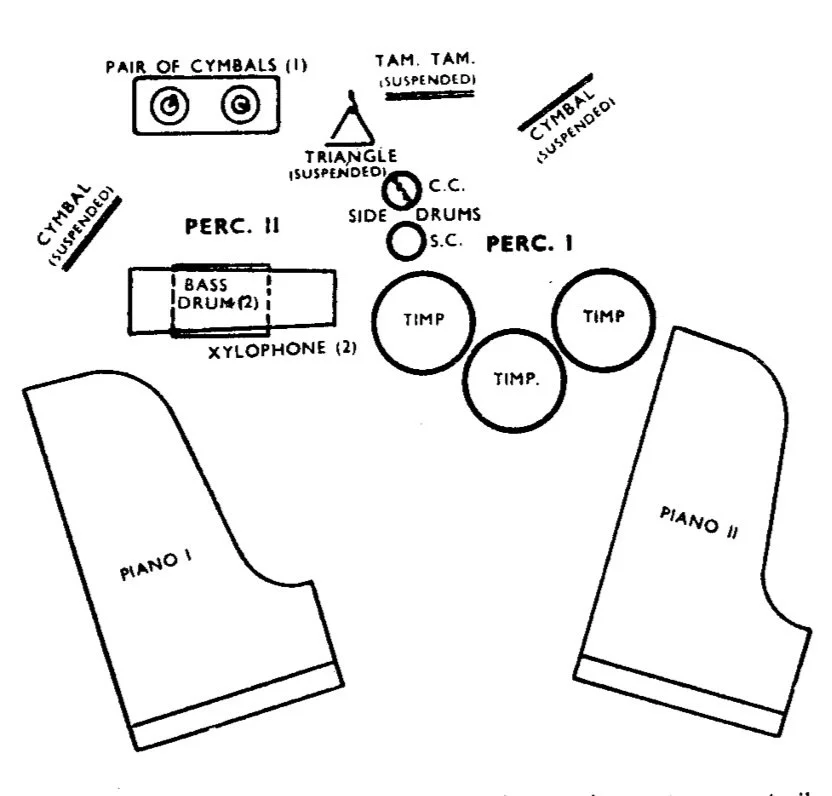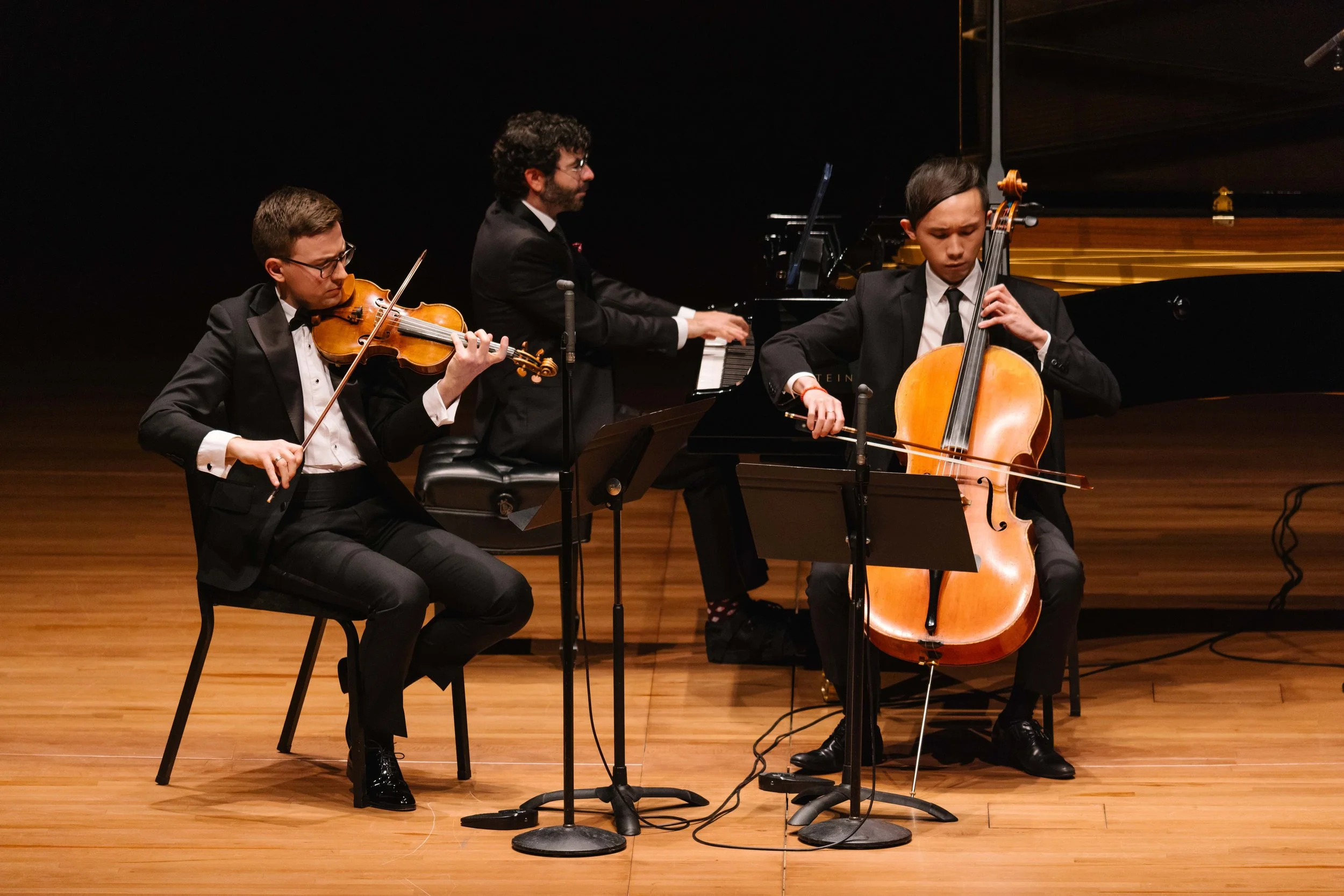REVIEW: "Thrills and Chills" at Chamber Music Society of Lincoln Center
October 31, 2023
If your Halloween trick-or-treating happened to find you at the doorstep of Alice Tully Hall, you escaped with a delectable treat. Chamber Music Society of Lincoln Center devised a wickedly delightful evening in the humor of the holiday, animated by dazzling performances.
Beethoven’s “Ghost” Trio — the Piano Trio in D Major, Op. 70, No. 1 — greeted cos-players at the door. This fantastic masterpiece had little to do with modern-day Halloween, of course, but Beethoven evokes something mystic. His music often explored the darkness of human nature, and the harmonic language with which he captured the macabre has had lasting influence on the sound of Halloween.
Composed in 1808, the feisty outer movements are chock full of evil laughs and good-hearted shocks and surprises, but the middle movement, “Largo assai ed espressivo,” is the original source of the nickname “Ghost.” Cellist Nicholas Canellakis, pianist Alessio Bax, and violinist Arnaud Sussmann played with the assurance of an established trio, brought the three movement work a sweeping architectural arc, and illuminated some of its emotional truths.
Bax’s pianism had one foot in the Classical, and another in the Romantic — wry and crisp in the first movement’s unexpected twists and bursts, while the slow movement’s spectral ripples seemed attuned to existential mysteries. Sussmann’s silvery tone turned to mist in the sotto voce opening of the Largo, while Canellakis’s plush, lyrical timbre blossomed into a yearning cantabile as the movement cascaded and swelled with passion before dissolving again into the darkness.
A page from Beethoven’s autograph manuscript of the Piano Trio in D Major, Op. 70, No. 1, the “Ghost”.
Contemporary New York-based composer Gregg Kallor’s setting of Edgar Allan Poe’s The Tell-Tale Heart for voice, cello, and piano does not immediately remind one much of Beethoven. But, this well-crafted work of post-modernism owes much to the German Expressionism that might trace back to him.
First performed at Death Of Classical’s The Crypt Sessions (in the crypt of The Church of the Intercession) in 2016, this 25-minute solo opera is a tour-de-force for the performers, as well as a compositional accomplishment. Kallor pulls from an eclectic and imaginative vocabulary. In musical gestures that recall Bernard Hermann’s music for Vertigo and John Williams’ Jaws (the incessant heartbeat, a low grumble in the piano’s lowest octave), Kallor demonstrates near-mastery of long form in skillful, idiomatic writing for his forces.
Repeating duties on the cello, Canellakis was joined by Jennifer Johnson Cano, acclaimed mezzo-soprano, and pianist Lucille Chung for a committed, riveting rendering, which was enhanced by clever lighting effects, from blood reds to theatric blackout. No stage director was credited, but Cano inhabited Poe’s narrator with dramatic pacing and focused intensity, finding in the long-winded solo part moments of quiet and repose, encircling moments to let her vibrant instrument soar.
Following intermission, Béla Bartók’s Sonata for Two Pianos and Percussion from 1937, cleared the cobwebs, taking a more abstract gaze into the underworld. While not overtly programmatic, Bartók’s enduring (yet fiendishly difficult) quartet nonetheless suited the zeitgeist of the evening, even bridging the stylistic crevice between Beethoven’s and Kallor’s eras.
Chung and Bax (and their busy page turners — not a job to be taken lightly!) almost melted into the surroundings while percussionists Ayano Kataoka and Ian David Rosenbaum commanded a fiendishly precise, flawlessly coordinated traversal through the virtuosic hills and valleys — Gershwin-posessed-by-a-demon. Nearly veering into histrionics, they stylishly navigated the constantly shifting meters and complex array of mallets and toys (making show of the shared triangle) and other musical multi-tasking.
If the “Allegro non troppo” finale’s prominent use of xylophone and winking final cadence portend the music of Danny Elfman (not inappropriate for the spooky occasion), the middle slow movement finds Bartók in his “night music” mode. The eerie soundscape of nocturnal insects and paranoid nightmares, which the pianists played with sneaky serenity, proved the Sonata to be an inspired choice for the season.
***
Next at CMS: Rachmaninoff the Pianist on Sat. Nov 3.






